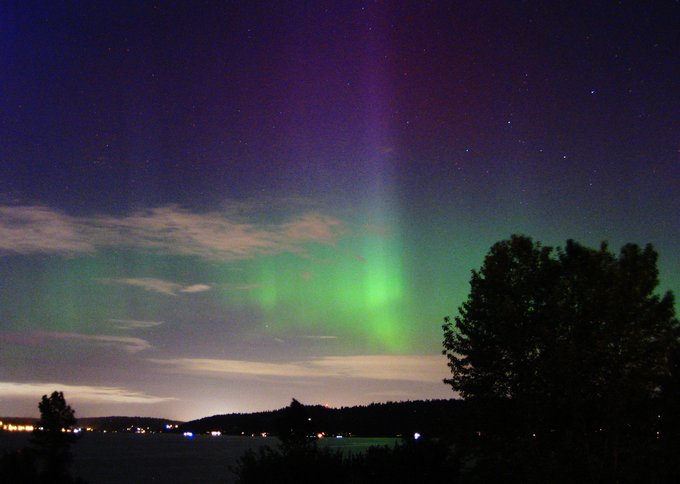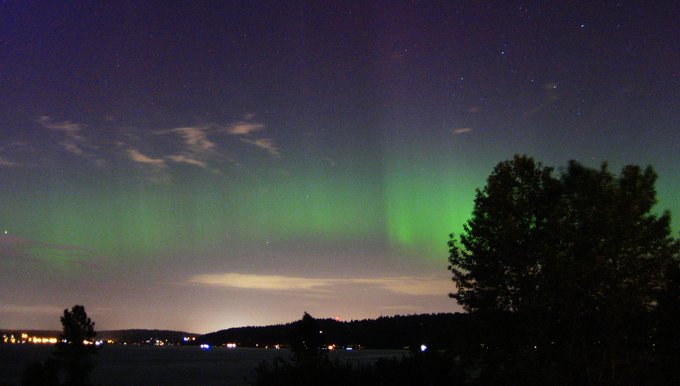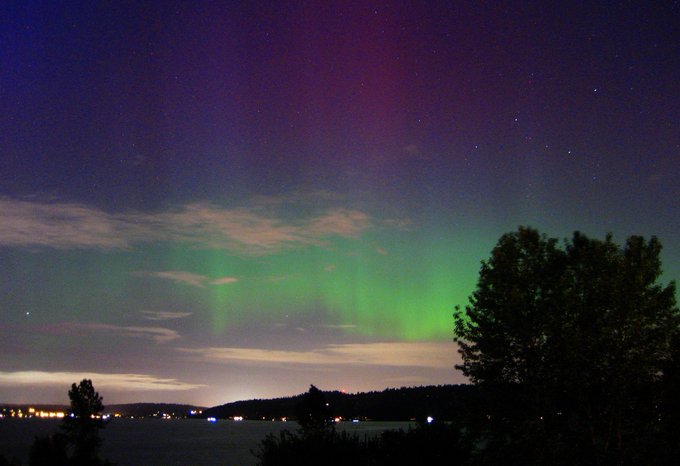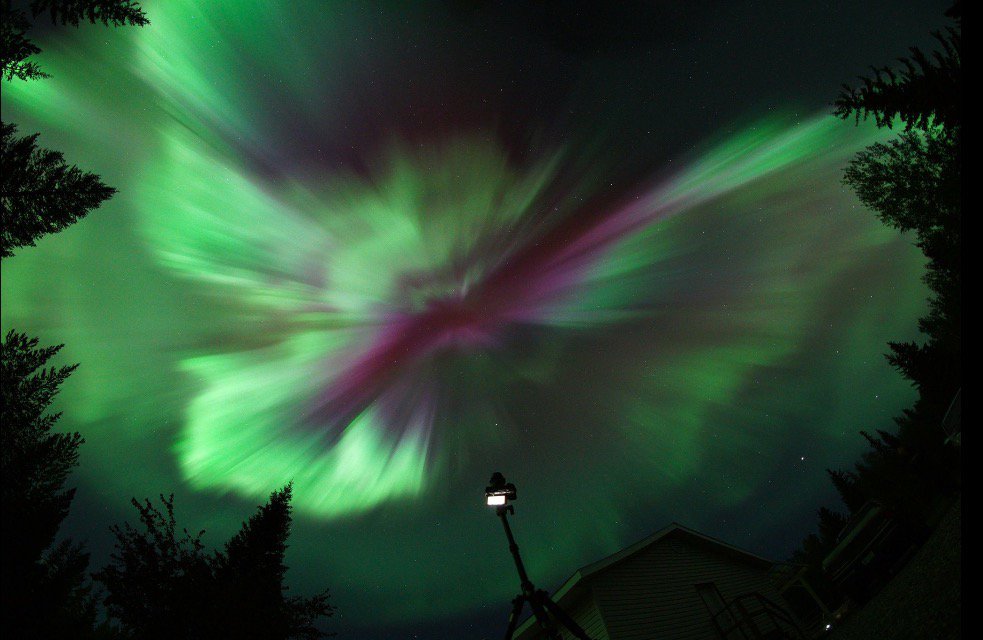By Brian Lada, Meteorologist
May 10,2016; 10:30PM,EDT
The northern lights danced across the night sky over the past weekend, dazzling stargazers across Canada and the northern United States.
The best of the cosmic light show focused on the northern Plains, Canadian Prairies and around the Rocky Mountains, dazzling stargazers that were up on Saturday night and early Sunday morning.
Unfortunately, clouds inhibited viewing for many across the northeastern U.S.; however, fewer clouds benefitted those in Ontario and Quebec.
The Mother's Day aurora was a result of a surprisingly strong solar storm, being classified as a G3 geomagnetic storm, according to NOAA's Space Weather Prediction Center. This made it one of the strongest solar storms so far this year.
This also occurred just two days after the new moon, meaning that the moon was giving off a very small amount of light pollution, making the aurora appear brighter.
The northern lights were observed again on Sunday night across Canada and the northern U.S.; however, the solar storm had weakened by then, limiting the brightness of the aurora.
RELATED:
AccuWeather Astronomy Twitter page
AccuWeather Astronomy Facebook page
AccuWeather Astronomy blog
Mother's Day 2016 Aurora - Teviotdale, Ontario @eljakeo30 @TamithaSkov @AuroraMAX @SpaceWeatherCA @TweetAurora
For more astronomy news, be sure to follow our astronomy pages on Facebook and Twitter.











No comments:
Post a Comment